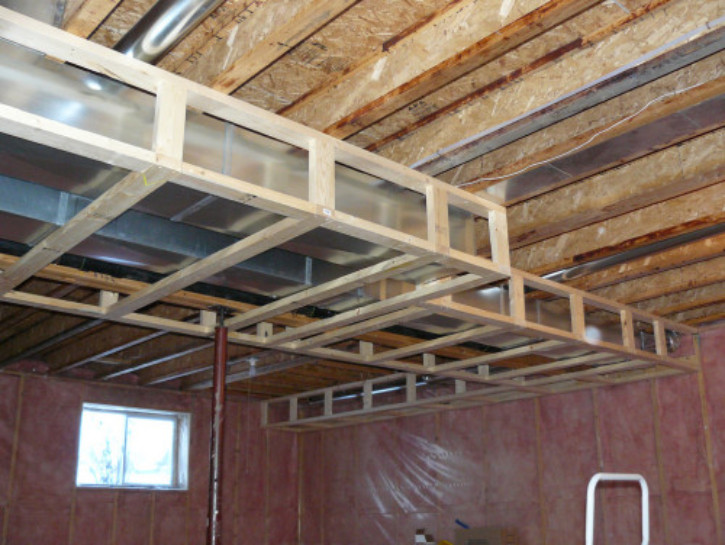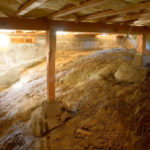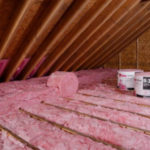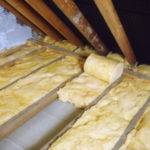
How does the climate of a region affect the choice of Insulation?
The importance of proper insulation is common knowledge and along with that DIY insulation, projects are also common knowledge. They are an increasingly common sight over social media, but very few are aware of how they work, and even fewer are aware of their long-term effects.
An insulation’s primary function is temperature regulation, rather more specifically, indoor temperature regulation. It saves our house from external factors like outrageous heat and cold, storm, precipitation, not to mention high energy or utility bills.
We are always striving to save some cash and so we often opt for DIY insulation projects. And to do so we resort to available information and tips we can get online or hear from fellow beings who had similar experiences. Even though a few insulation materials can be installed by DIY projects, but one must remember that there is no general rule applicable to all situations and hence it’s best to hire one of the Glendale insulation contractors who are experienced in dealing with all kinds of insulation projects throughout the year.
While selecting the insulation material for your project, one crucial factor that can be of great importance and should always be considered thoroughly is the climate region the property is located.
Genuinely, the influence is greater than you think. Climate is much more than mere temperature, however, some other elements can be of greater influence to your choice of insulation. Elements like the humidity level, temperature variations, the average rainfall, so on. It is significant to know that adapting insulation to the weather can improve the overall effectiveness regardless of the seasonal changes.
Keeping in mind that the U.S. climate varies from region to region, there is more than a single option to contemplate. The variations indicate that not all climate regions need the same level of insulation, and the insulation material should obey the weather pattern to be efficient and purposefully successful.
Thus, if your home is located in a colder region (like Alaska or North Dakota), then your main priority will be to prevent heat loss, especially during the winters. Likewise, this implies that your insulation has to perform two tasks continuously- firstly, prevent heat loss; secondly, has to trap and store heat. , therefore, insulation materials with high R-value are preferable. This choice is tough, so seek help from a Glendale insulation company while selecting the materials. Fiberglass is one of the materials among so many, which has a high R-value and is very well suited for colder climates since they are great at storing heat and hindering thermal bridges from transpiring.
There are states with higher levels of humidity, and if your property happens to be located in one such area, you will also need to invest in moisture control and barriers to
protect the insulation from moisture retention and condensation.
Although the U.S. has an average temperature of 11.5 degrees (excluding Alaska and Hawaii), heat gain is a major issue during summers. If your insulation material is not adaptable to the warmer climates, you will experience serious issues from temperature rising during the harsh summers. This can be put under control with the installation of reflective insulation, which would divert heat away from your homes.
Reflective foils are usually installed on the roof spaces. This type of insulation is the only effective against heat inflow through radiation, which is a major reason for heat gain during summers.
Ultimately, even though there is a fine connection between the climate and the type of insulation, there has to be some fine-tuning, to derive optimal results. Some adjustments like the installation of a ventilation system would be a great way to improve the effectiveness of the insulation.




